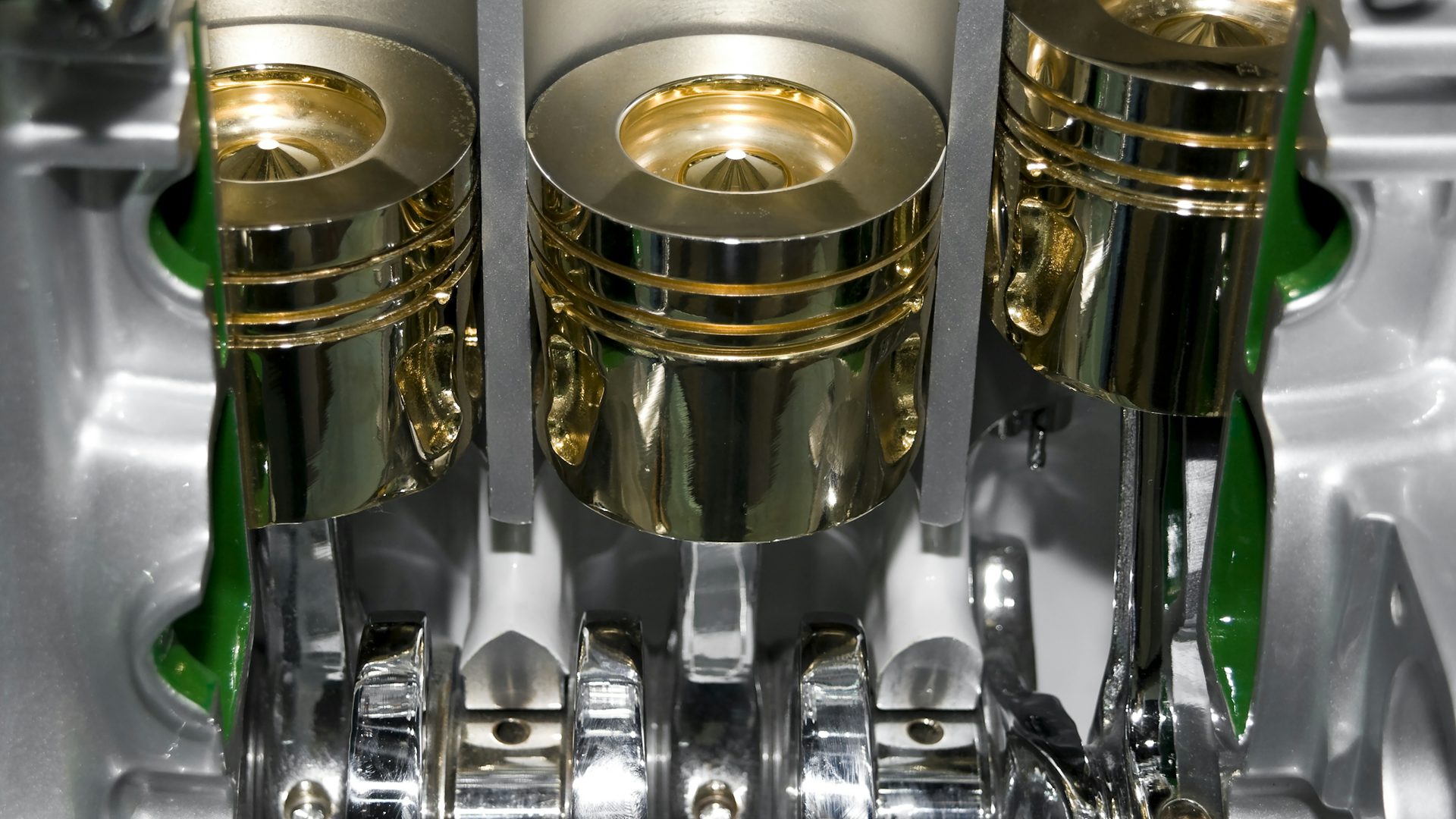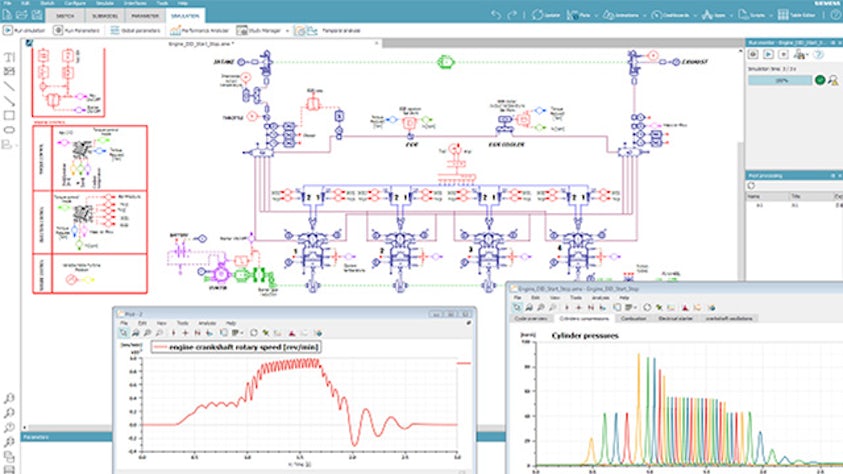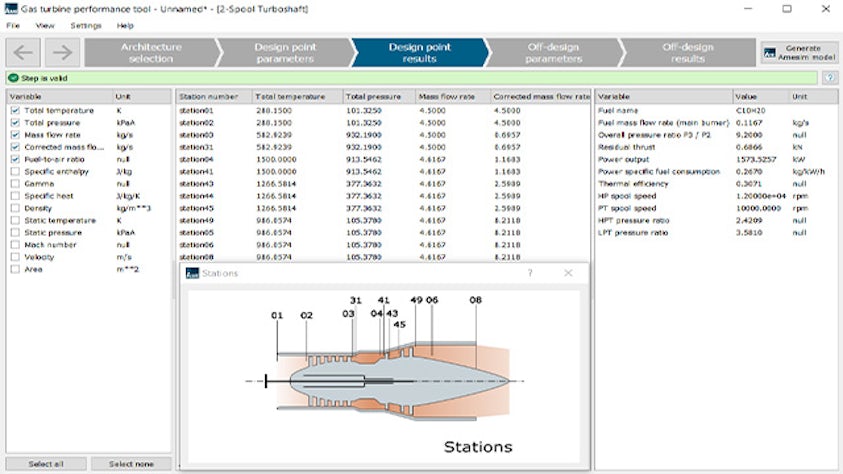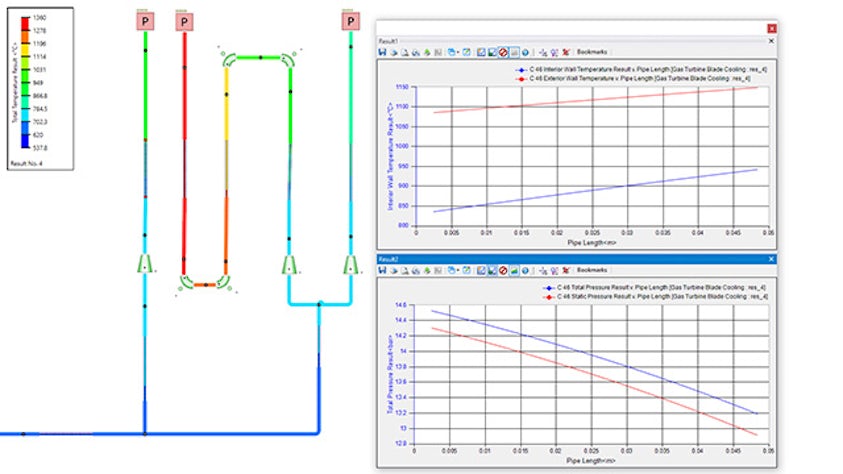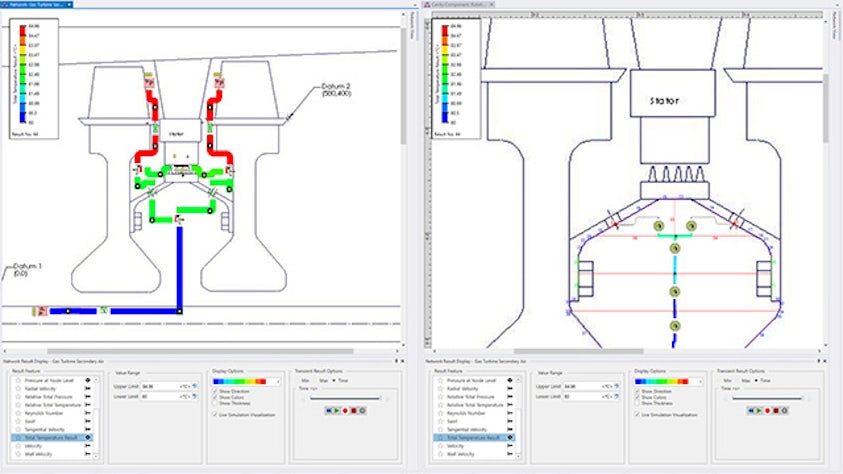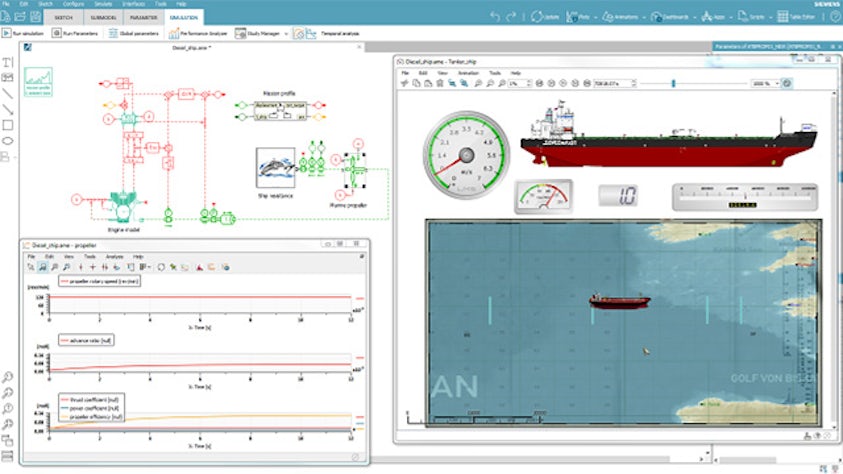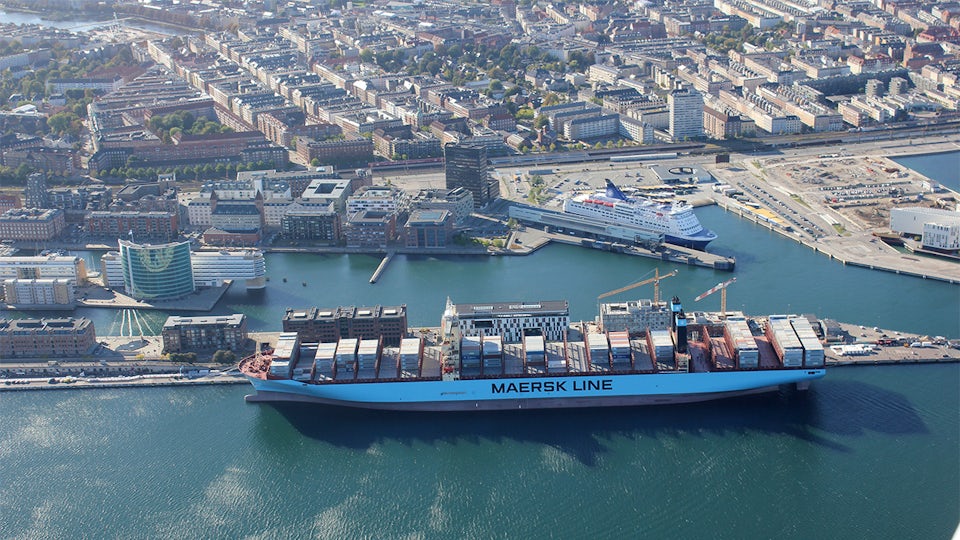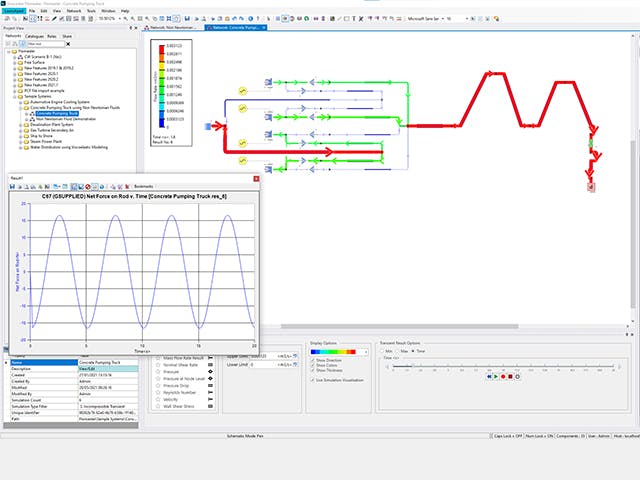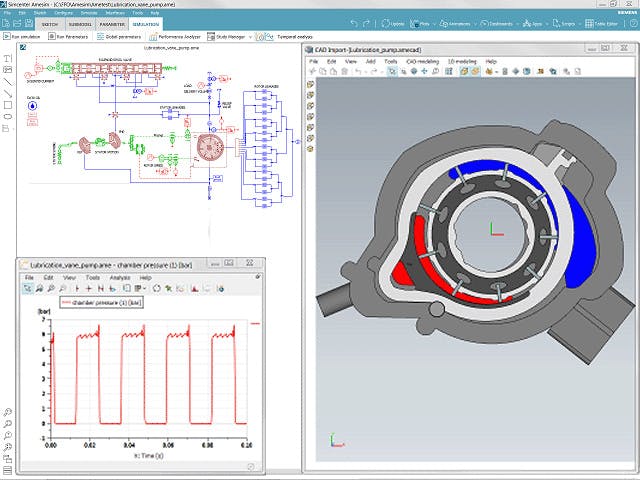Les technologies de propulsion auront un fort impact sur le succès de votre future conception. Intégrer des architectures de propulsion innovantes est le seul moyen de répondre aux besoins croissants en matière de performances, de sécurité et d’efficacité.
La simulation multiphysique des systèmes vous permet de couvrir la grande variété d’architectures et de technologies. L'électrification du groupe motopropulseur dans le secteur automobile, les systèmes de lancement réutilisables dans le secteur spatial, ou l'utilisation de carburants alternatifs (GNL) pour les navires sont des exemples de mise en œuvre de technologies que les fonctionnalités de modélisation de Siemens peuvent prendre en charge. Vous pourrez également concevoir le système de propulsion et évaluer son impact sur différentes métriques, notamment la génération d’énergie à bord ou les émissions polluantes des véhicules, via une seule plateforme en procédant à une analyse complète des influences croisées de tous les systèmes.
